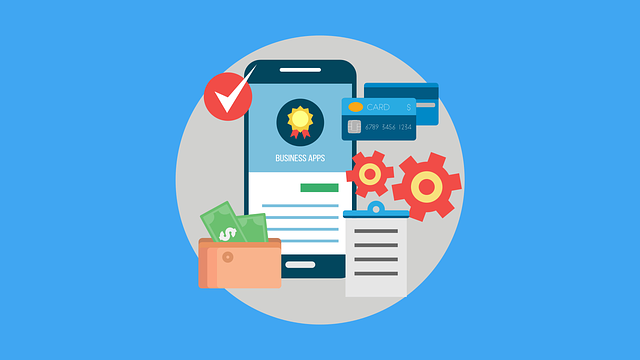AI customer churn prediction is a game-changer for retaining clients, leveraging historical data and behavior patterns to identify at-risk customers early. Through machine learning algorithms like Random Forest or Neural Networks, businesses can predict churn with impressive accuracy, implement targeted retention strategies, and enhance satisfaction. This strategic approach, outlined in a step-by-step guide, starts with data preparation, model selection, training, and fine-tuning, ultimately transforming churn probabilities into actionable scores to prioritize resource allocation for stronger customer relationships.
In today’s competitive market, understanding and mitigating AI customer churn prediction is vital for businesses aiming to thrive. This article delves into the transformative power of AI business sales forecasting solutions, exploring how these tools enhance customer retention strategies. We’ll guide you through the process with a step-by-step approach to implementing AI-driven churn prediction, empowering your business to make data-driven decisions and secure long-term growth.
- Understanding AI Customer Churn Prediction: The Power of Forecasting Solutions
- How AI Business Sales Forecasting Enhances Customer Retention Strategies
- Implementing AI-Driven Churn Prediction: A Step-by-Step Guide to Success
Understanding AI Customer Churn Prediction: The Power of Forecasting Solutions

AI Customer Churn Prediction is a powerful tool that enables businesses to anticipate and prevent customer departure. By analyzing historical data, sales trends, and customer behavior patterns, AI forecasting solutions can identify high-risk customers who are likely to discontinue their services or products. This proactive approach allows companies to take immediate actions, such as personalized marketing campaigns, loyalty programs, or targeted interventions, to retain these valuable clients.
The benefits of AI Customer Churn Prediction extend beyond cost savings; it empowers businesses to make data-driven decisions and enhance overall customer satisfaction. By accurately forecasting churn rates, sales teams can allocate resources more efficiently, focus on upselling and cross-selling strategies, and ultimately drive revenue growth. With the ability to predict and mitigate churn, companies can stay competitive in dynamic markets and build stronger, more resilient customer relationships.
How AI Business Sales Forecasting Enhances Customer Retention Strategies

AI-driven sales forecasting solutions are transforming the way businesses approach customer retention. By leveraging machine learning algorithms, these tools can analyze vast amounts of historical data to predict customer churn with remarkable accuracy. This capability is pivotal in enabling proactive retention strategies; companies can identify at-risk customers early on and take targeted actions to keep them.
Moreover, AI customer churn prediction goes beyond mere numbers. It offers insights into customer behavior patterns, helping businesses tailor their retention efforts to individual preferences. This personalized approach not only enhances customer satisfaction but also fosters stronger relationships, ultimately driving long-term loyalty and business growth.
Implementing AI-Driven Churn Prediction: A Step-by-Step Guide to Success

Implementing AI-Driven Churn Prediction is a strategic move for businesses aiming to optimize their sales forecasting and enhance customer retention. This step-by-step guide offers a structured approach to success:
1. Data Collection and Preparation: The first step involves gathering comprehensive data on customer interactions, purchase history, and behavioral patterns. Ensure data cleanliness by handling missing values and outliers effectively. Feature engineering is crucial here; create meaningful variables that represent customer churn risk factors.
2. Model Selection and Training: Choose appropriate AI models like Random Forest, Gradient Boosting, or Neural Networks known for their prowess in predictive analytics. Train the selected model using prepared data, optimizing hyperparameters to enhance prediction accuracy. Cross-validation ensures model robustness by evaluating performance across diverse subsets of the dataset.
3. Churn Score Calculation: Post-training, deploy the model to predict churn probabilities for each customer. Translate these probabilities into actionable churn scores, setting thresholds to categorize customers at risk. This step enables businesses to prioritize efforts and resources based on the predicted likelihood of customer attrition.
AI business sales forecasting solutions, particularly in predicting customer churn, are transforming the way companies approach customer retention. By leveraging machine learning algorithms and historical data, these tools enable businesses to identify at-risk customers early on and implement targeted strategies for improvement. Through enhanced predictive accuracy, AI sales forecasting not only optimizes revenue but also deepens customer relationships, ensuring long-term business success in today’s competitive market.
